Most people picture beaches as stretches of golden sand meeting blue water, but nature has other plans for some coastal destinations. These remarkable shorelines showcase everything from pink coral fragments to black volcanic glass, creating landscapes that seem almost otherworldly.
Each of these beach towns has earned its reputation through geological quirks, mineral deposits, or unique environmental conditions that transformed ordinary coastlines into extraordinary natural art. Here is a list of 15 beach towns famous for their colorful and unique shorelines.
Pink Sands Beach, Harbour Island
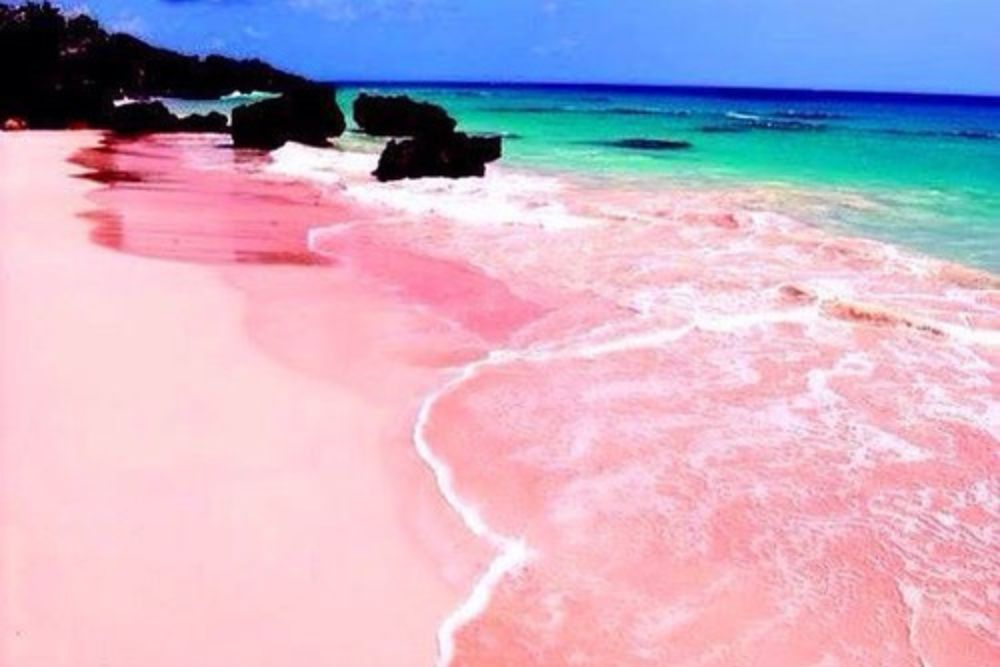
The Bahamas’ most Instagram-worthy shoreline owes its rosy hue to tiny fragments of foraminifera—microscopic organisms with bright pink and red shells. When these creatures die, their shells wash ashore and mix with white sand, creating a three-mile stretch of cotton candy-colored beach.
The contrast becomes most dramatic during the golden hour when the pink sand seems to glow against the turquoise water.
Reynisfjara, Vik
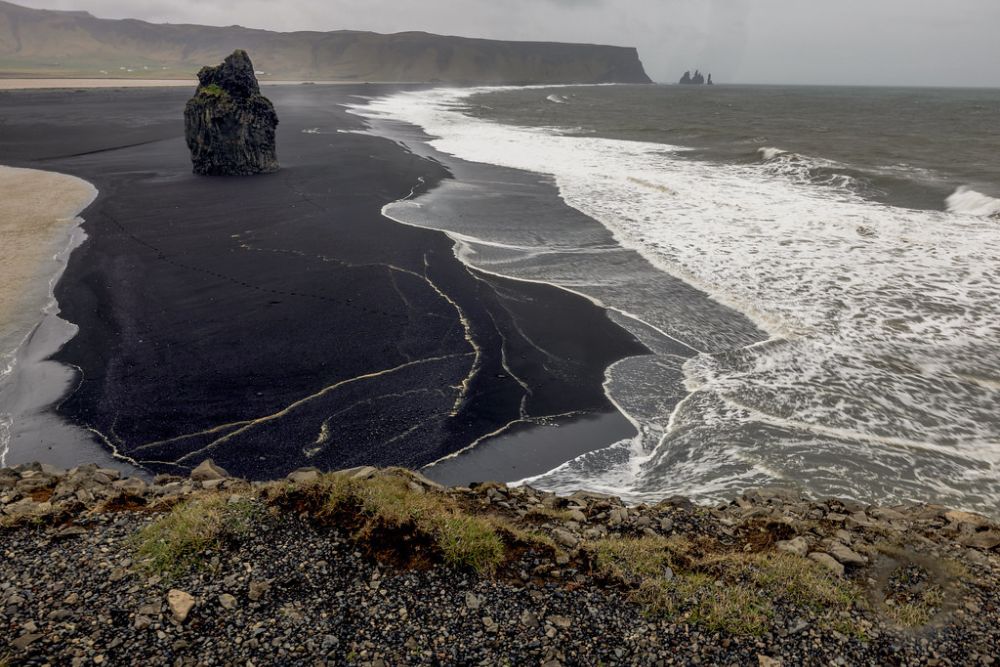
Iceland’s black sand beach formed when lava flows met the frigid North Atlantic, shattering into obsidian-like fragments that created this otherworldly landscape. Towering basalt columns rise from the shore like ancient cathedral spires while powerful waves crash against the volcanic sand with enough force to knock visitors off their feet.
The beach’s dramatic appearance has made it a favorite filming location for movies and television shows seeking alien-like terrain.
Like Travel Pug’s content? Follow us on MSN.
Punalu’u Beach, Hawaii
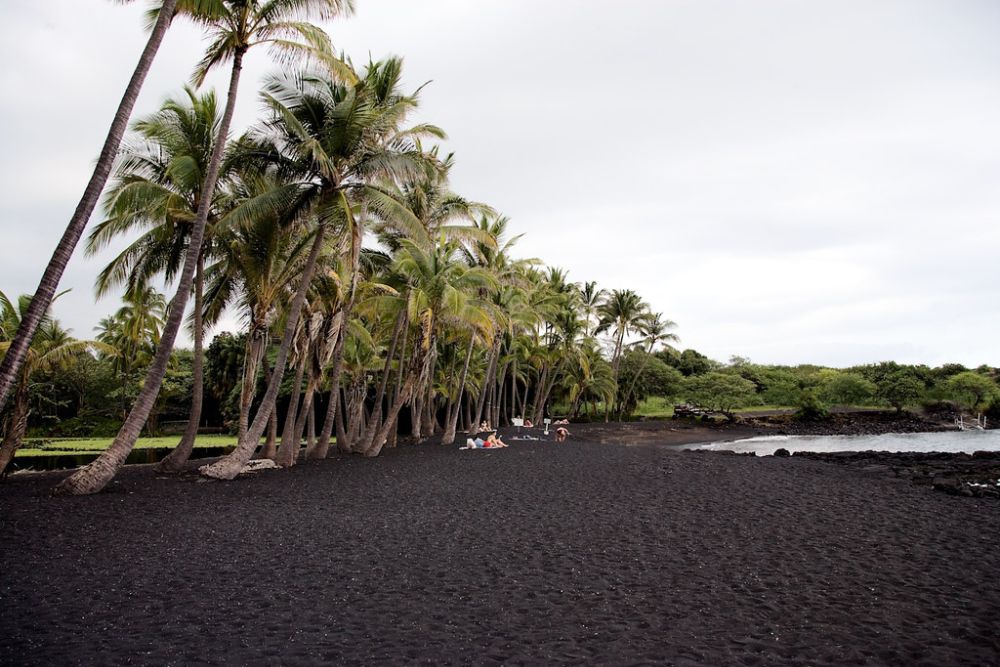
This Big Island destination showcases what happens when active volcanoes meet the ocean on a regular basis. Fresh lava flows have continuously replenished the shoreline with new black sand for centuries, creating a beach so dark it absorbs heat during the day and becomes too hot for bare feet.
Green sea turtles often bask on the warm volcanic sand, their shells providing the only color contrast against the jet-black backdrop.
Pfeiffer Beach, Big Sur
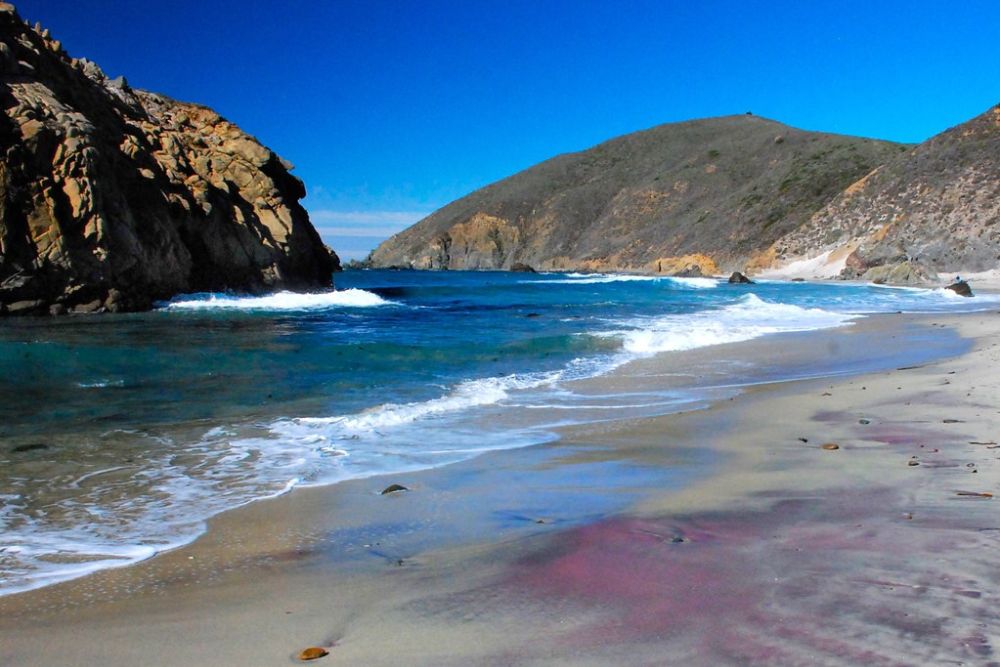
California’s purple sand beach gets its distinctive color from manganese garnet deposits that wash down from the surrounding hills. The mineral fragments create lavender and violet streaks through the sand, particularly visible after winter storms when wave action brings fresh deposits to the surface. The beach’s keyhole rock formation frames the sunset perfectly, though the purple sand shows up best during overcast conditions when the colors appear more saturated.
Papakolea Beach, Hawaii
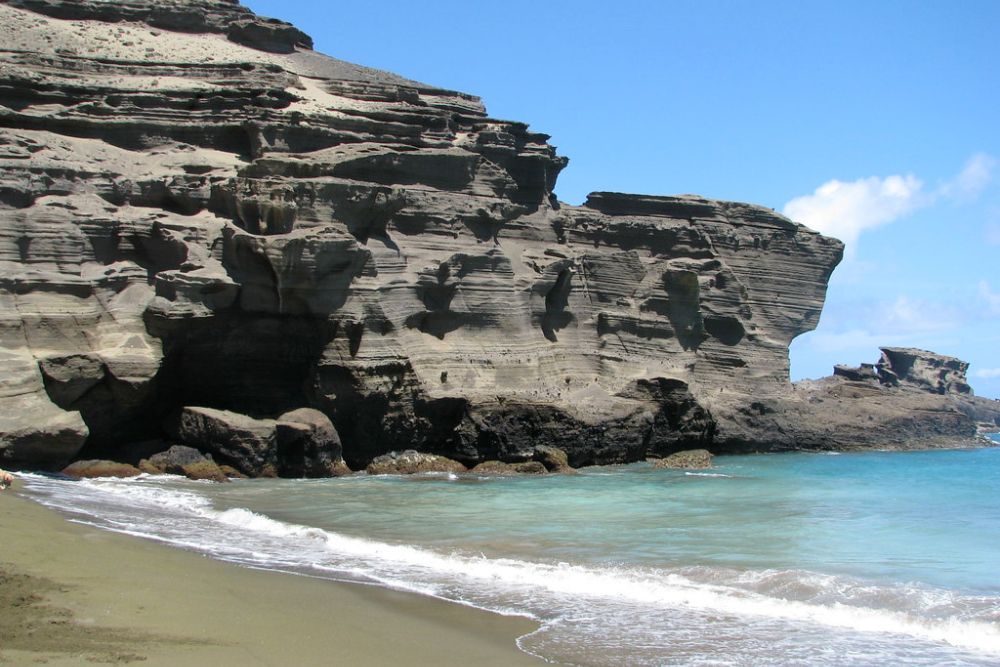
One of only four green sand beaches in the world, this remote Hawaiian shoreline contains olivine crystals that create its distinctive emerald appearance. The semi-precious stones form when lava cools rapidly, and the beach’s protected cove prevents the heavier olivine from washing away while lighter materials get carried off by waves.
Reaching this geological wonder requires a challenging hike across volcanic terrain, but the payoff is a beach that looks like it belongs on another planet.
Like Travel Pug’s content? Follow us on MSN.
Glass Beach, Fort Bragg
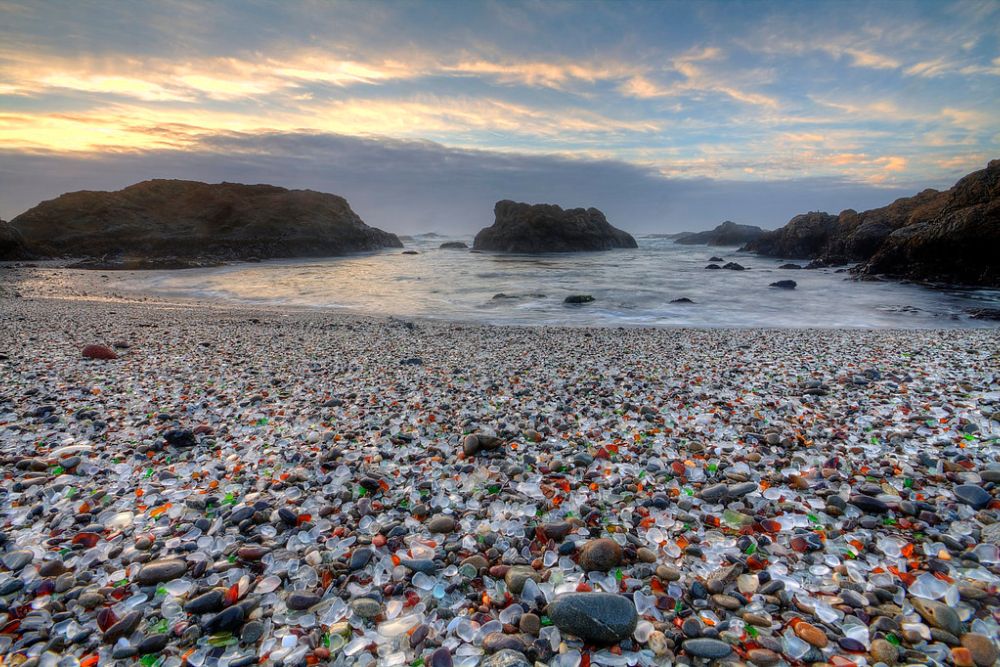
What started as a dumping ground for glass bottles and household items has transformed into a smooth, colorful shoreline covered in sea glass. Decades of wave action have tumbled broken glass into smooth, frosted gems that carpet the beach in blues, greens, and browns.
The irony isn’t lost on visitors—this former dump site now attracts tourists from around the world who come to admire nature’s recycling program.
Bowling Ball Beach, Mendocino
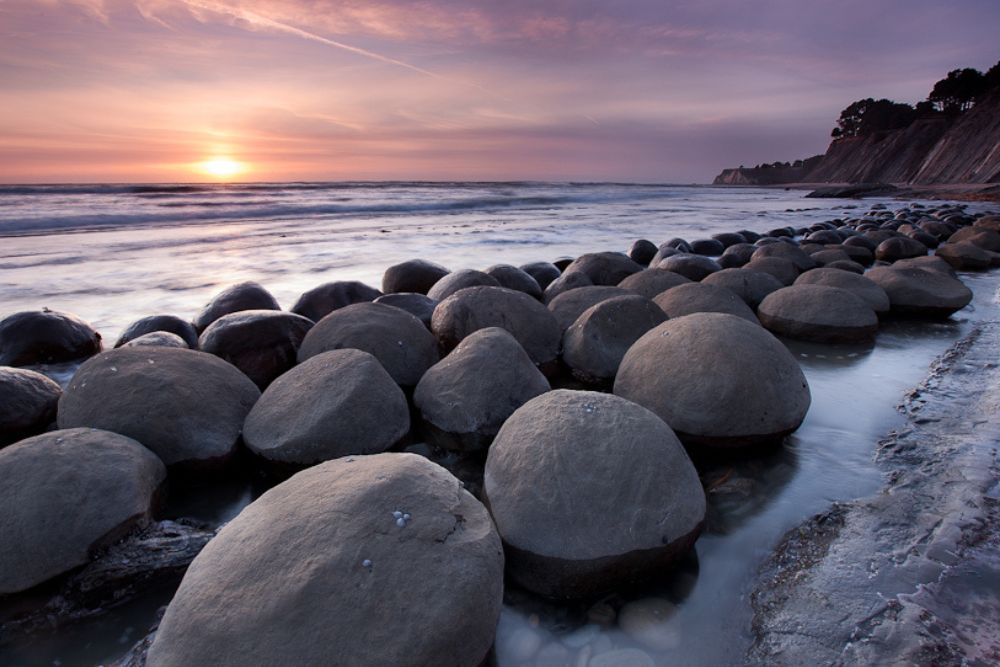
During low tide, this Northern California beach reveals hundreds of perfectly round rock formations that look like a giant bowling alley. The sandstone concretions formed millions of years ago when minerals cemented together in spherical patterns, and erosion has since exposed them along the shoreline.
The ‘bowling balls’ range from basketball-sized to over six feet in diameter, creating a surreal landscape that photographers love to capture.
Jokulsarlon Diamond Beach, Iceland
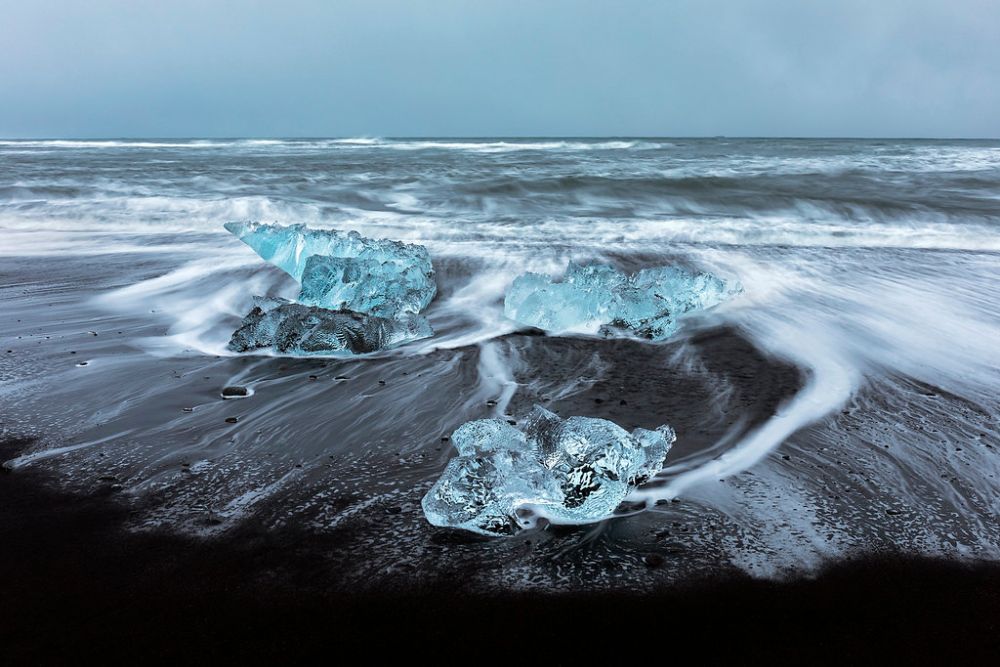
Icebergs that calve from Europe’s largest glacier wash up on this black volcanic beach, creating a natural jewelry display that changes hourly. The contrast between crystal-clear ice chunks and dark sand creates a striking visual that’s enhanced by the way sunlight passes through the glacial ice.
Each iceberg is unique in size and shape, and visitors often spend hours watching new pieces arrive with each wave.
Like Travel Pug’s content? Follow us on MSN.
Kaihalulu Red Sand Beach, Maui
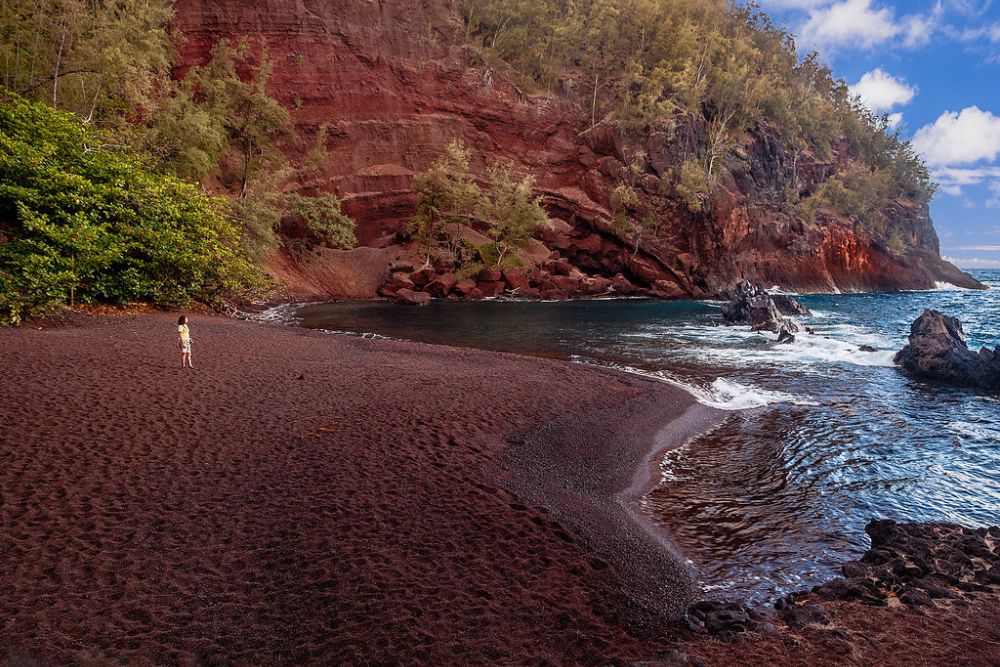
This secluded Hawaiian cove gets its brick-red color from the iron-rich cinder cone that forms one side of the bay. Erosion constantly adds new red volcanic material to the sand, while the bay’s protected location prevents the distinctive color from washing away.
The beach requires a somewhat treacherous hike to reach, but the payoff is a crimson shoreline that looks like something from Mars.
Ramla Bay, Gozo
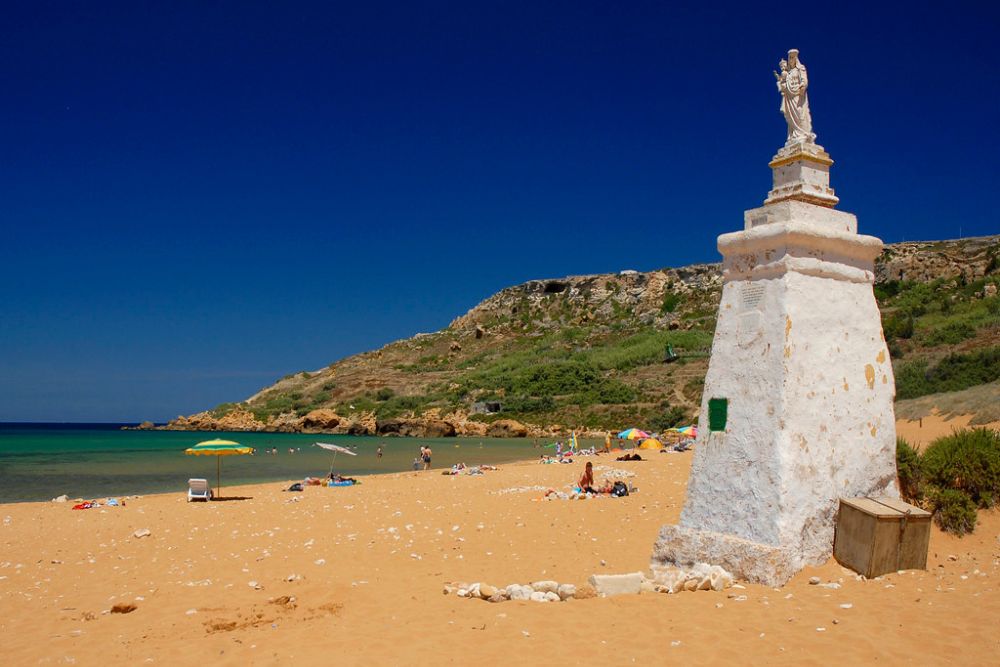
Malta’s golden-red beach stands out dramatically against the Mediterranean’s blue waters, earning its nickname ‘Golden Bay’ from locals. The sand’s distinctive color comes from iron oxide in the local limestone, which has been ground down over millennia into fine particles.
The beach’s remote location on Malta’s sister island keeps crowds manageable, while the reddish sand provides a striking contrast to the typical white Mediterranean beaches.
Hyams Beach, Jervis Bay
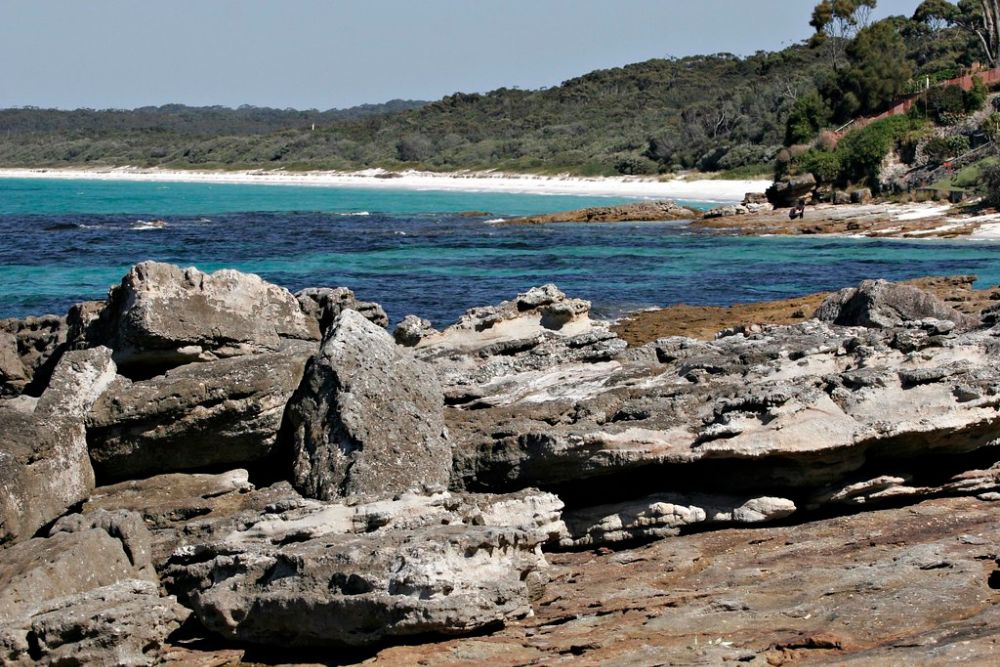
Often cited as having the world’s whitest sand, this Australian beach blinds visitors with its brilliant silica crystals. The sand is so fine and pure that it squeaks underfoot, and the reflection can be intense enough to require sunglasses even on cloudy days.
The pristine white shoreline creates an almost arctic appearance despite the temperate climate, making it a favorite for photographers seeking dramatic contrast.
Like Travel Pug’s content? Follow us on MSN.
Chandipur Beach, Odisha
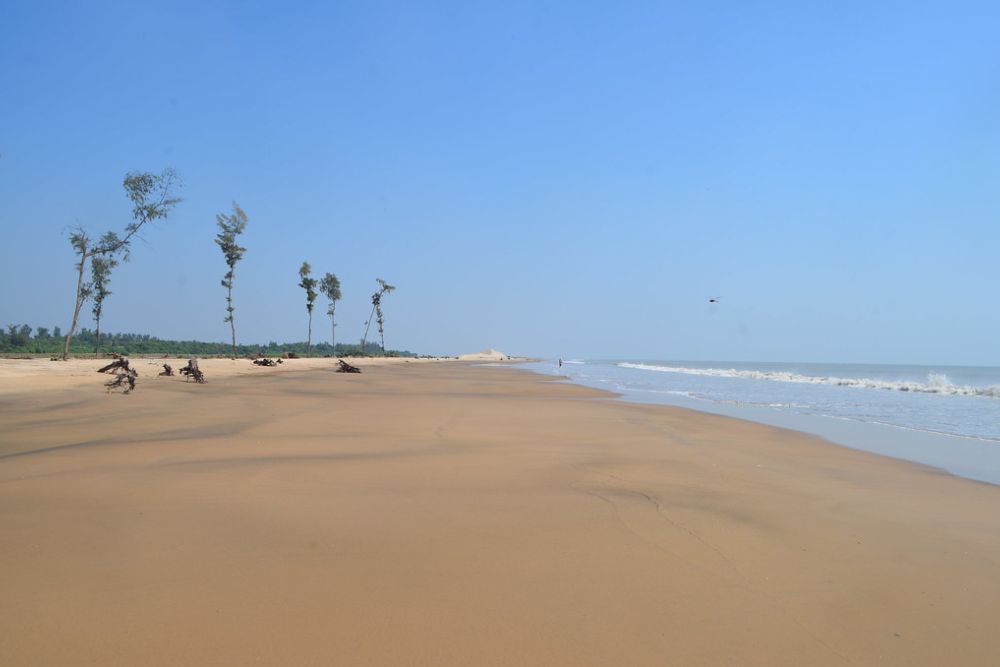
This Indian Ocean beach performs a daily disappearing act, with water receding up to three miles during low tide to reveal the seafloor. Visitors can literally walk on what was underwater hours earlier, collecting shells and observing marine life in temporary tidal pools.
The phenomenon creates a constantly changing landscape where the ‘beach’ expands and contracts twice daily, giving new meaning to the term ‘shifting sands.’
Maho Beach, St. Martin
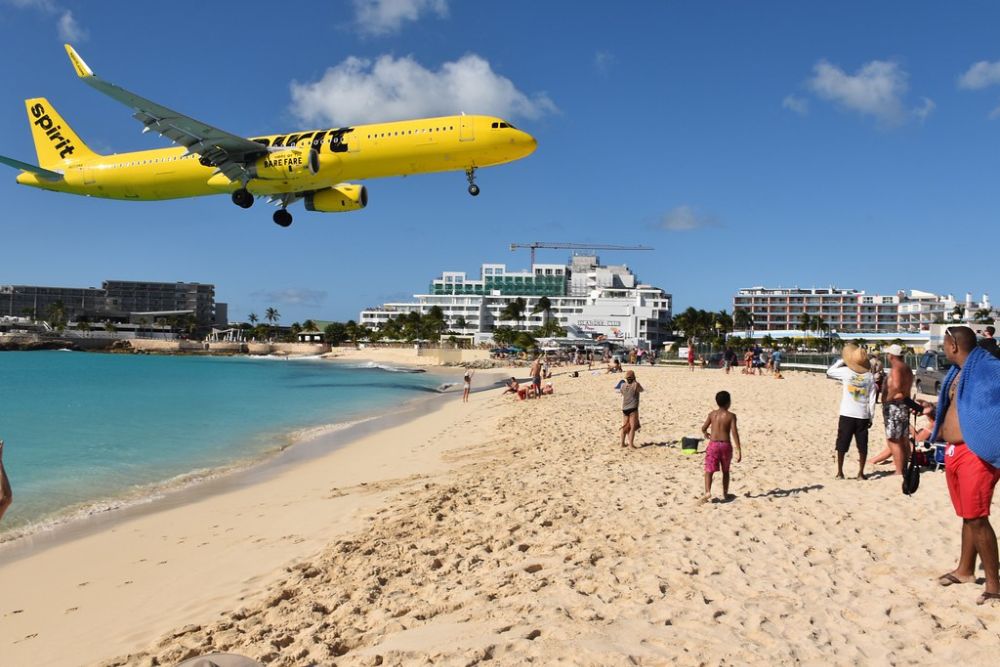
While the sand itself appears ordinary, this Caribbean beach has gained fame for its unique location directly adjacent to Princess Juliana International Airport’s runway. Massive jets pass mere feet overhead as they approach for landing, creating a beach experience unlike anywhere else in the world.
The combination of tropical beauty and aviation thrills has made it a bucket-list destination for plane spotters and beach lovers alike.
Kleftiko Beach, Milos
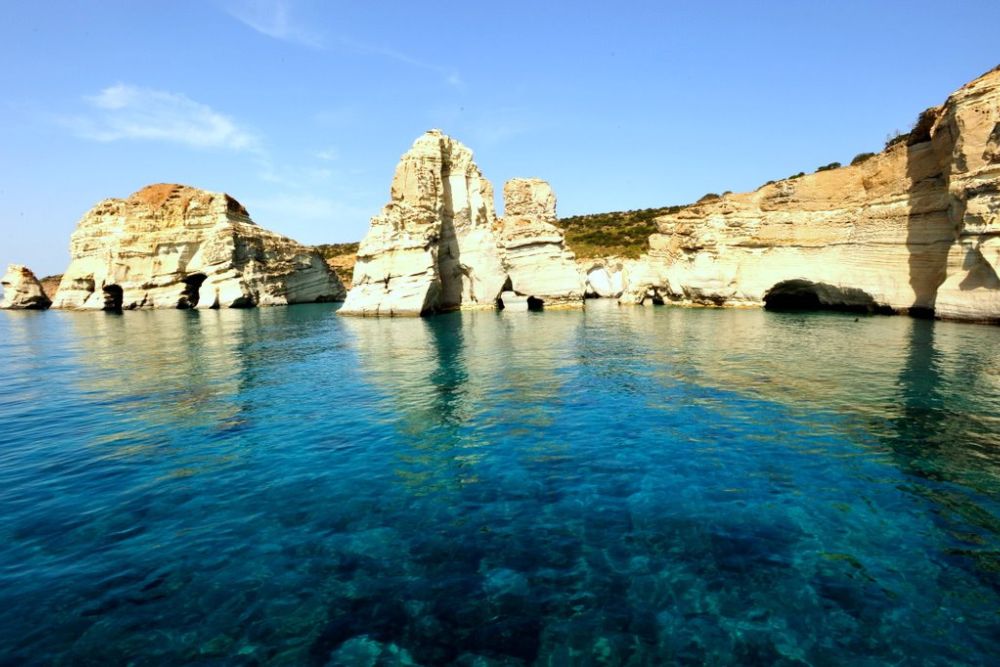
This Greek island’s lunar-like coastline features brilliant white volcanic cliffs that have been sculpted by wind and waves into fantastic shapes. The beach itself consists of white pumice pebbles that contrast dramatically with the electric blue water and chalk-white rock formations.
The area is only accessible by boat, adding to its remote, otherworldly atmosphere that feels more like a movie set than a real place.
Like Travel Pug’s content? Follow us on MSN.
Rabbit Beach, Lampedusa
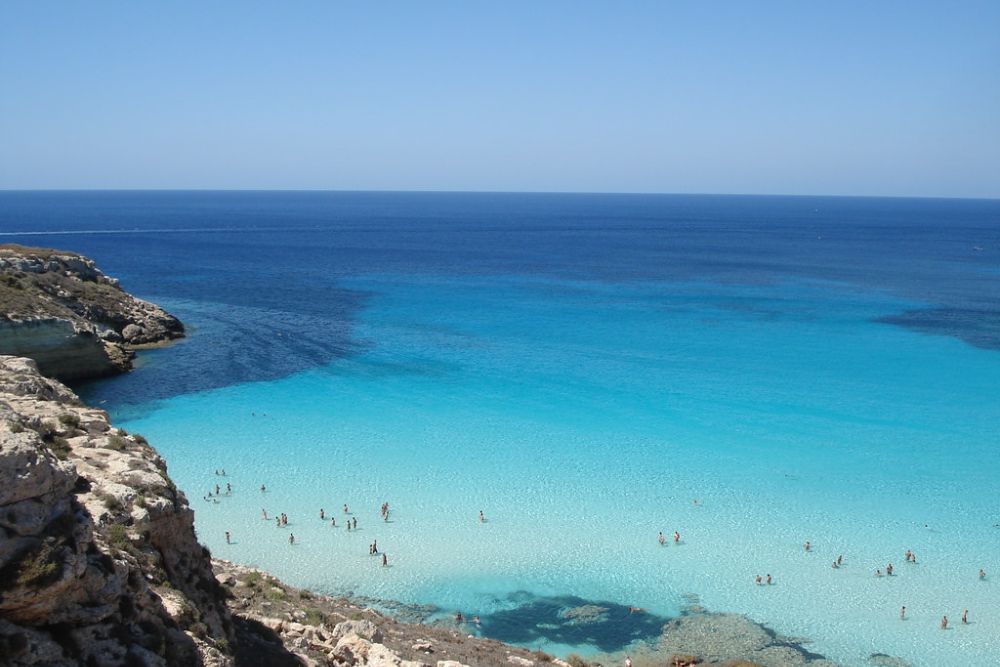
Italy’s southernmost beach consistently ranks among the world’s most beautiful, thanks to its powder-fine white sand and impossibly clear turquoise water. The beach sits in a protected cove that filters out rougher waves, creating a natural swimming pool with visibility extending dozens of feet underwater.
The combination of pristine white sand and crystal-clear water creates colors so vivid they seem artificially enhanced, though it’s entirely natural.
Nature’s Palette Still Evolving
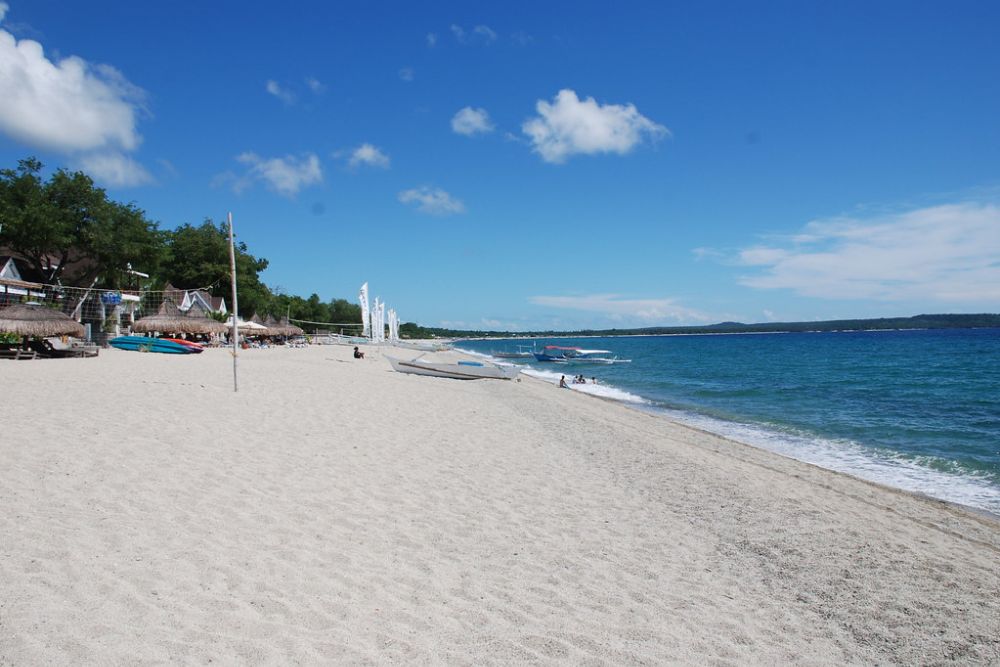
These extraordinary beaches remind us that coastal landscapes are constantly changing, shaped by geological forces that continue working today. While some destinations like Glass Beach show how human activity can inadvertently create beauty, others demonstrate the incredible power of volcanic activity and mineral deposits to transform ordinary shorelines into natural wonders.
Each of these colorful beaches offers a unique glimpse into the diverse ways our planet creates beauty along its edges.
More from Travel Pug

- 20 Best Beach Towns in the Carolinas
- 13 Destinations Where Tourists Regularly Regret Their Trip
- 20 Things You Actually Get in First Class
- 20 Small Airports With Aviation Museums
- 20 Places in the U.S. That Are Perfect for a Reset Trip
Like Travel Pug’s content? Follow us on MSN.
